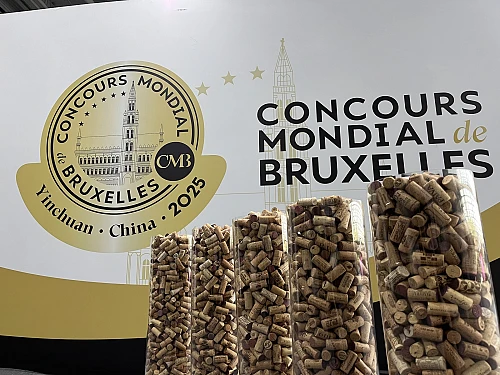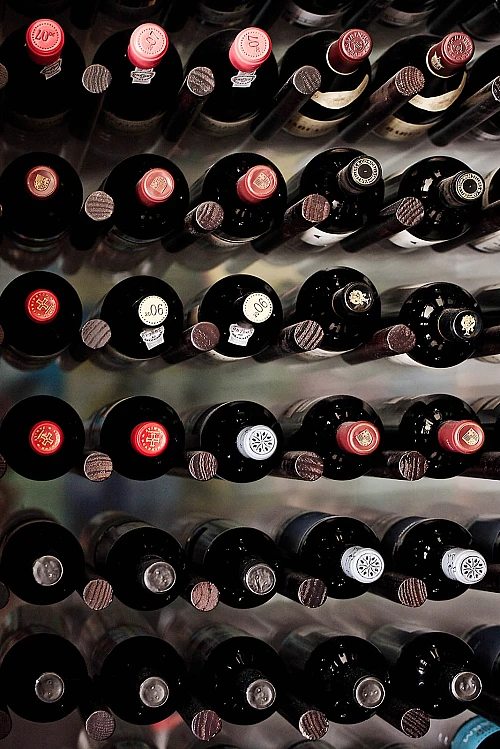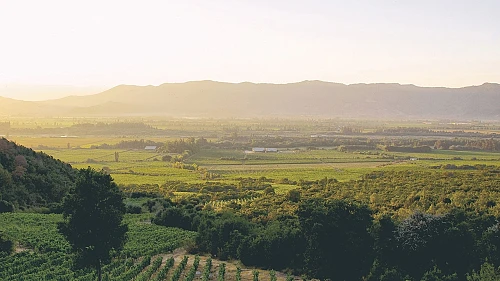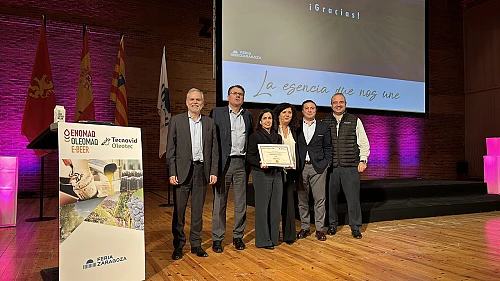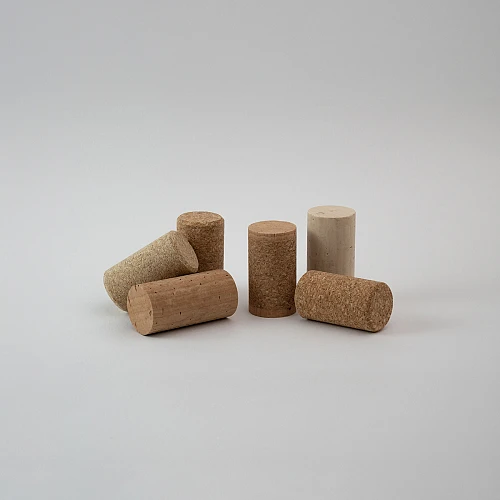- Media Center
- News
News Media Center

António Rios de Amorim highlights the key challenges facing the wine and cork sectors
António Rios de Amorim was interviewed in the new Amorim Wine Vision magazine, published by Amorim Cork Italia, in collaboration with media partner, Wine Meridian.
The interview focused primarily on wine stoppers, which represents around 70% of the group’s turnover.
Amorim’s Chairman was initially asked about the most effective strategies to establish the company’s brand in the market. Given that Amorim is a B2B company, he emphasised that the key product is the wine itself, with cork playing an accessory role.
“Cork is a sustainable and premium option,” he explained. “By using cork stoppers we can improve the carbon footprint of wine bottles by around 30%. But we must also look at technical performance, showing how cork stoppers can influence the evolution and development of bottled wine”.
António Rios de Amorim discussed the rising gap between the premium wine and entry-level segments, identifying five key trends in each segment. For premium wines:
- a clear focus on terroir;
- increased importance of direct-to-consumer sales channels for US and New World wineries;
- growing relevance of wine competitions, prizes and ratings;
- rising presence of biodynamic viticulture, organic and sustainable practices, eg the Burgundy model.
- growing demand for and quality of no-to-low alcohol wines.
For the entry-level segment, he identified an increasing emphasis on:
- sustainability;
- global branding;
- low alcohol content;
- technological innovation and interactive labelling;
- caloric impact.
António Rios de Amorim was then asked about the main changes and evolutions that he sees in the wine market, where he identified five key trends:
- Premiumisation, wherein the current global situation penalises low-end wines;
- Relatively low-level of wine consumption in China;
- increased consumption of white and rosé wines;
- increased consumption of sparkling wines;
- increased consumption of spirits, through cocktails.
Overall he considers that the general situation in the wine market has returned to pre-Covid levels, but entry-level wines are losing volume and the growth of spirits is slowing demand for some wines.
“The world of wine has a strong cultural dimension (as well as environmental, social and economic) and I think there will be growth from this point of view. This will negatively affect the consumption of entry-level wines. To change these dynamics we have to wait for recovery of the Chinese market and a bigger push from the US market.”
Asked about the group’s main technological and industrial innovations, António Rios de Amorim said through its major investments in R&D+i, the group has increased the performance of cork stoppers via pioneering solutions such as Naturity®, Xpür® and NDtech®, which increases the reliability of cork stoppers across all ranges and segments.
“We have eliminated the problem of cork taint and it’s now time to provide scientific confirmation of how cork can add value to wine,” he added.
In view of the rising importance of premiumisation in the wine market, he was asked whether cork stoppers can benefit from this trend.
“The world’s finest wines have always chosen corks. The wine industry is an aspirational world, and all wineries want to make iconic wines. Amorim's commercial success is underpinned by its strong market share and the fact that its stoppers are used by the world’s premium wine brands. We invest in R&D to scientifically prove that cork stoppers benefit wine and have quantified this added value.”
Finally, he was asked to identify key goals pursued by Amorim in relation to sustainability and circular economy objectives. Amorim’s Chairman explained that the group has been a pioneer in terms of demonstrating the negative carbon footprint of cork production, since for every ton of cork produced, there is retention of 73 tons of CO2, but nonetheless considers that there needs to be a greater focus on the circularity of the product at the end of its life.
Italy is a case study in this regard, he suggests, since Amorim recovers 30 million corks a year, which are reused for interior design or insulation or products.
“We are striving to replicate the Italian example in other countries around the world, for example South Africa. For us there is no waste, since used cork stoppers are simply raw material.We have to improve our logistical process to recycle used cork stoppers. Cork isa unique material which has spectacular technical and sustainable characteristics.”
He added that Amorim recycles 240 million cork stoppers per year worldwide, with about 30 million stoppers in Italy. But this is a relatively small level since Amorim produces 25 million corks a day.
He then discussed the achievements of Amorim Cork Italia’s Suber Design recycling initiative which collects used cork stoppers and uses them to create interior design objects that was launchedby Amorim in 2011, involving cooperation with non-profit organisations in Italy.
“It was amazing to present this project at the Salone del Mobile in Milan or the Venice Biennale. The connection with the world of architecture, design and art is always an opportunity for us to enhance the value of cork and highlight its added value.”
